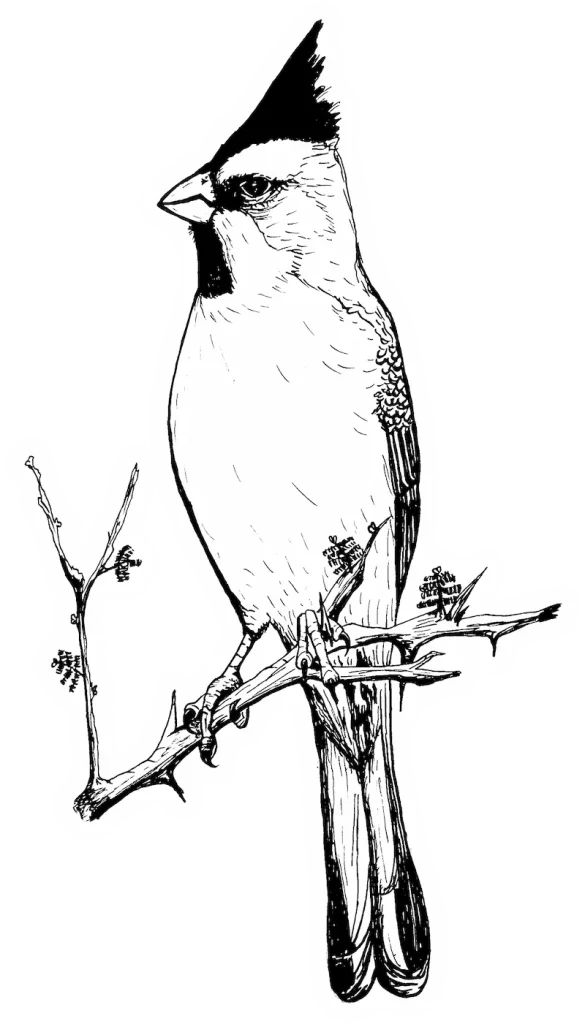Emerging roles for citizen science in understanding bird distributions and in conservation
- Conferencia

- Conferencia
Emerging roles for citizen science in understanding bird distributions and in conservation
FITZPATRICK, John W.
Cornell Lab of Ornithology, Ithaca, USA
rao@avesargentinas.org.ar
Engaging bird-watchers as biosensors to document bird distributions dates to the early twentieth century, but only with advent of the Internet and mobile devices has the exercise expanded to the entire calendar year, achieved global scales, and become a genuine force in environmental monitoring. The last fifteen years have seen spectacular growth in worldwide data generation by birders. Citizen science projects such as eBird, BirdTrack, WikiAves, Ornitho, Artportalen, Sabap, iNaturalist and others are gathering millions of bird observations and checklists. Some of these projects are occurrence-based, in which an observation and/or photograph constitute a unique record. Accumulation of such data can yield increasingly accurate distribution maps, but statistical analyses are difficult, especially for generating relative abundances across space and time. eBird is a checklist-based project in which observers are encouraged to report all species detected, along with total observation time and distance traversed. Combining these data with other sources of georeferenced environmental data yields surprisingly accurate “big-data” models depicting bird distributions, abundance patterns, and habitat associations throughout the annual cycle. Longitudinal tracking of individual observers’ performances allows parsing of the data by skill level, which improves model accuracy. Some emerging conservation applications include range-wide analyses of “use-days” to identify hot-spots having disproportionate importance for the species’ annual cycle, population trend analyses at both local and range-wide scales, and identification of temporary concentrations where dynamic conservation strategies may be employed. “Bird Vis” is a new application for detecting seasonal changes in habitat use from eBird data, and reveals dramatic, previously undetected positive attractions of songbirds to urban habitats during spring and fall migrations. Evidence is accumulating that these patterns result from light-attraction during nocturnal migration. NEXRAD radar data on nocturnally migrating birds provide a big-data source for population estimates that is complimentary to daytime observations by birdwatchers. Preliminary analyses suggest that these data afford exceptional insight into continent-wide numbers and demographic patterns.
Cita sugerida:
- FITZPATRICK, John W.
- (2017)
- Conferencia.
- XVII RAO
- (página 11 pdf)
Derechos de autor:
Esta obra está bajo una licencia Creative Commons Atribución-NoComercial (CC BY-NC).
